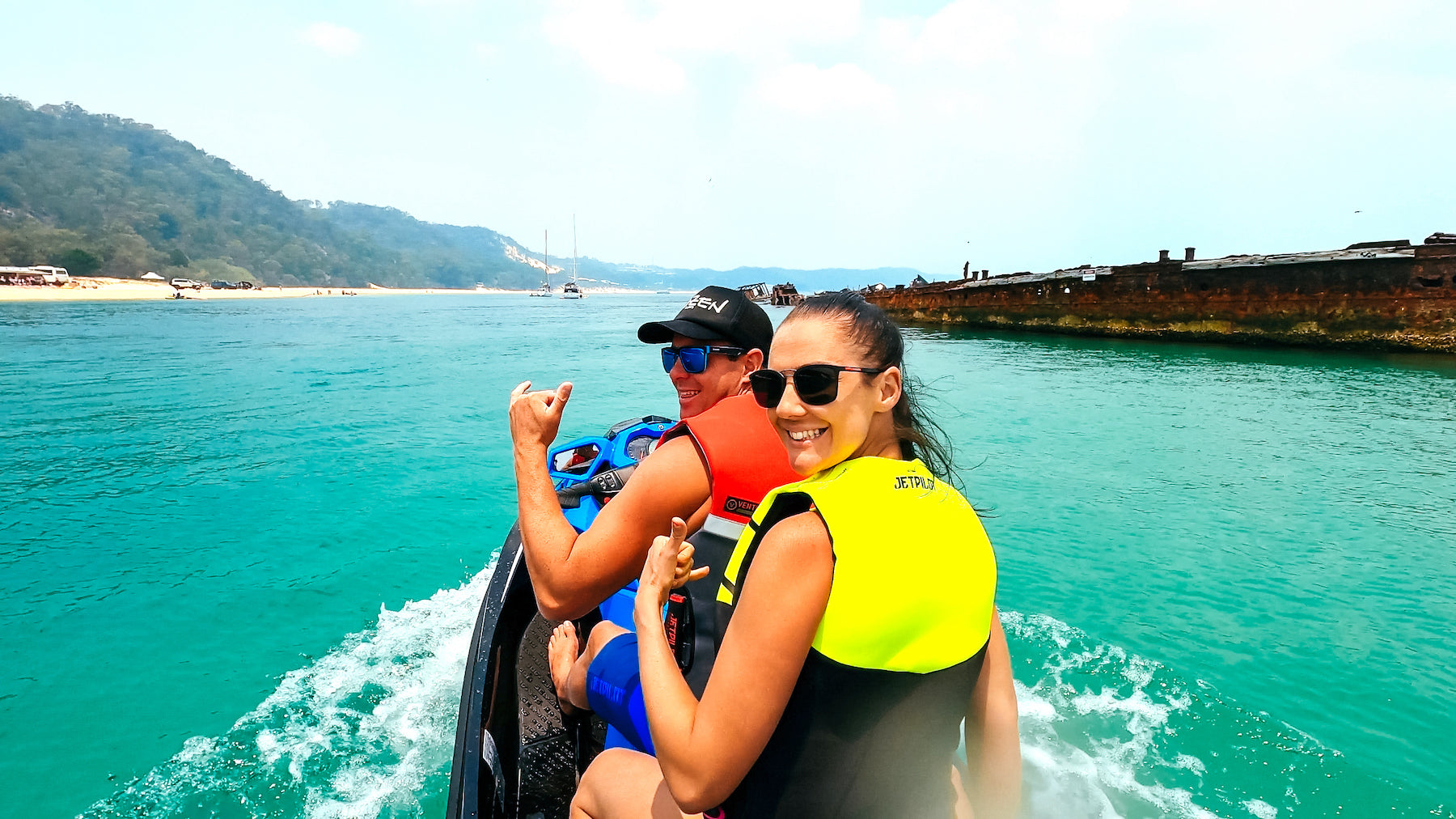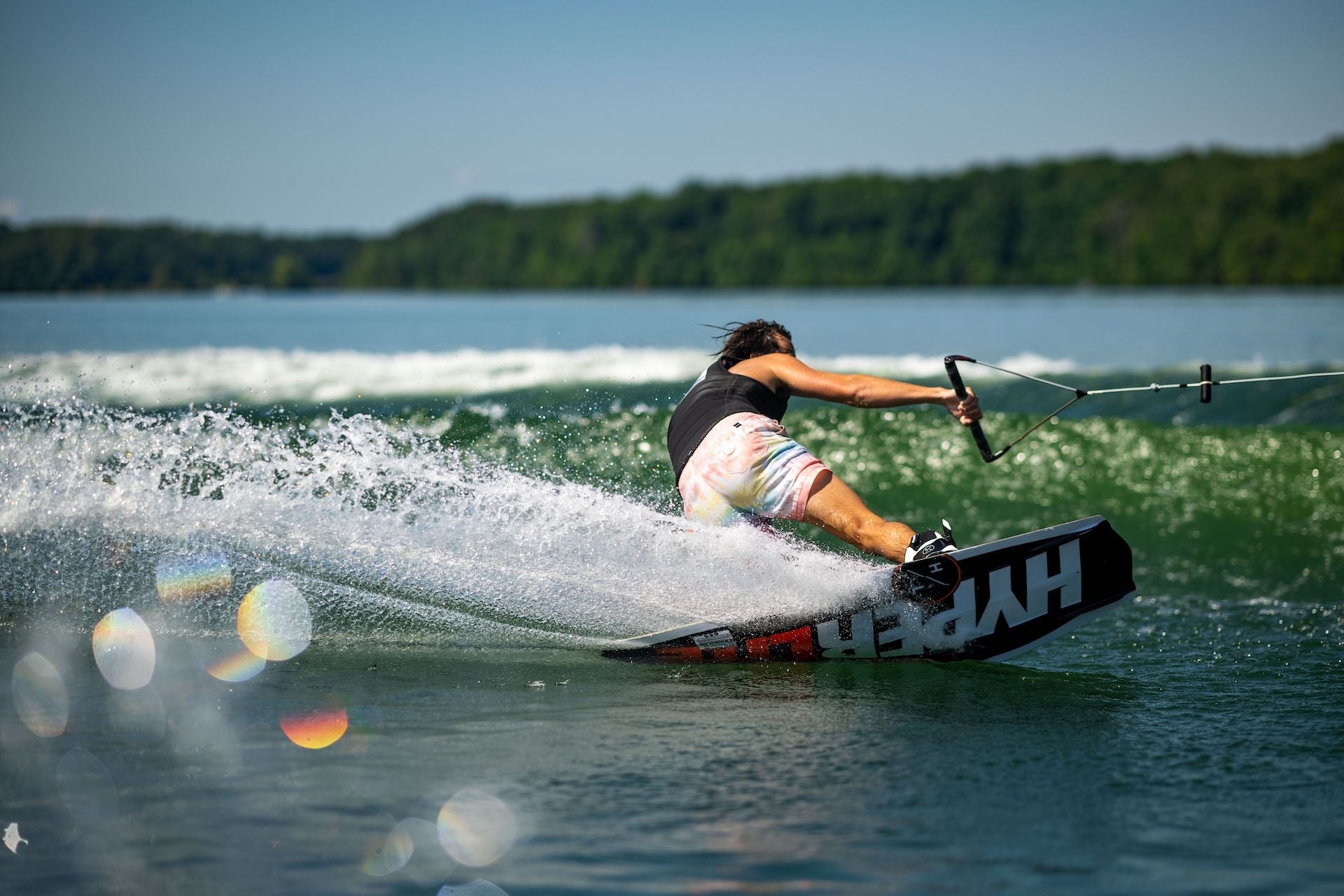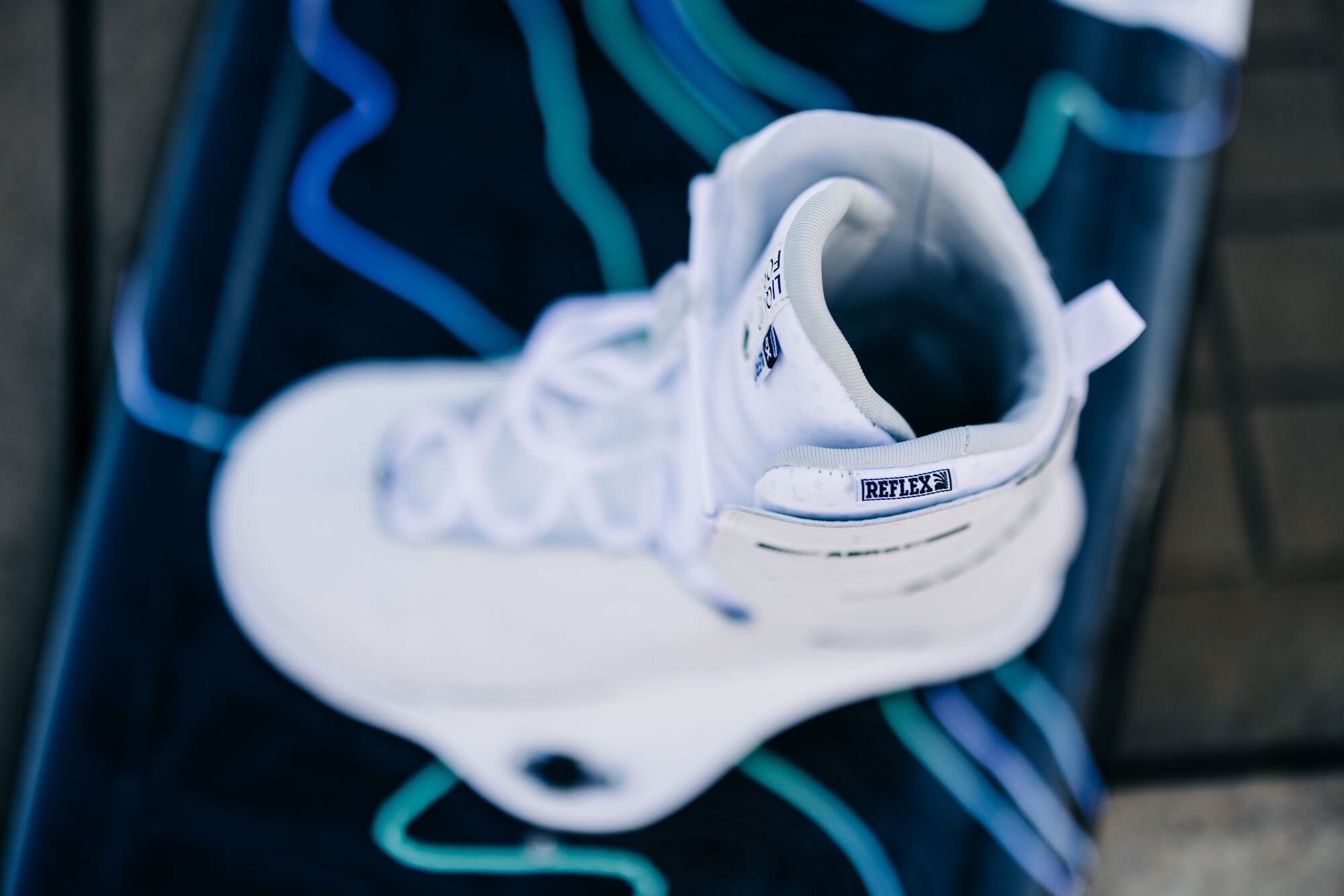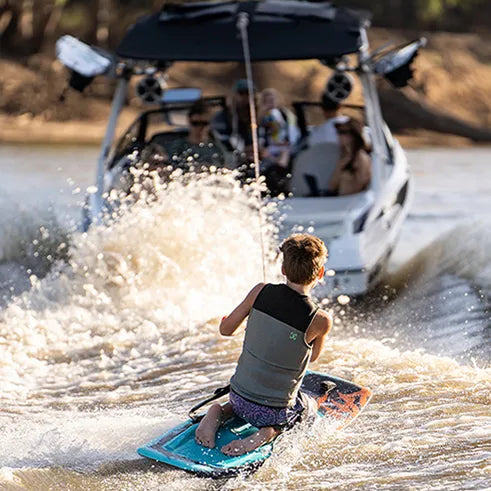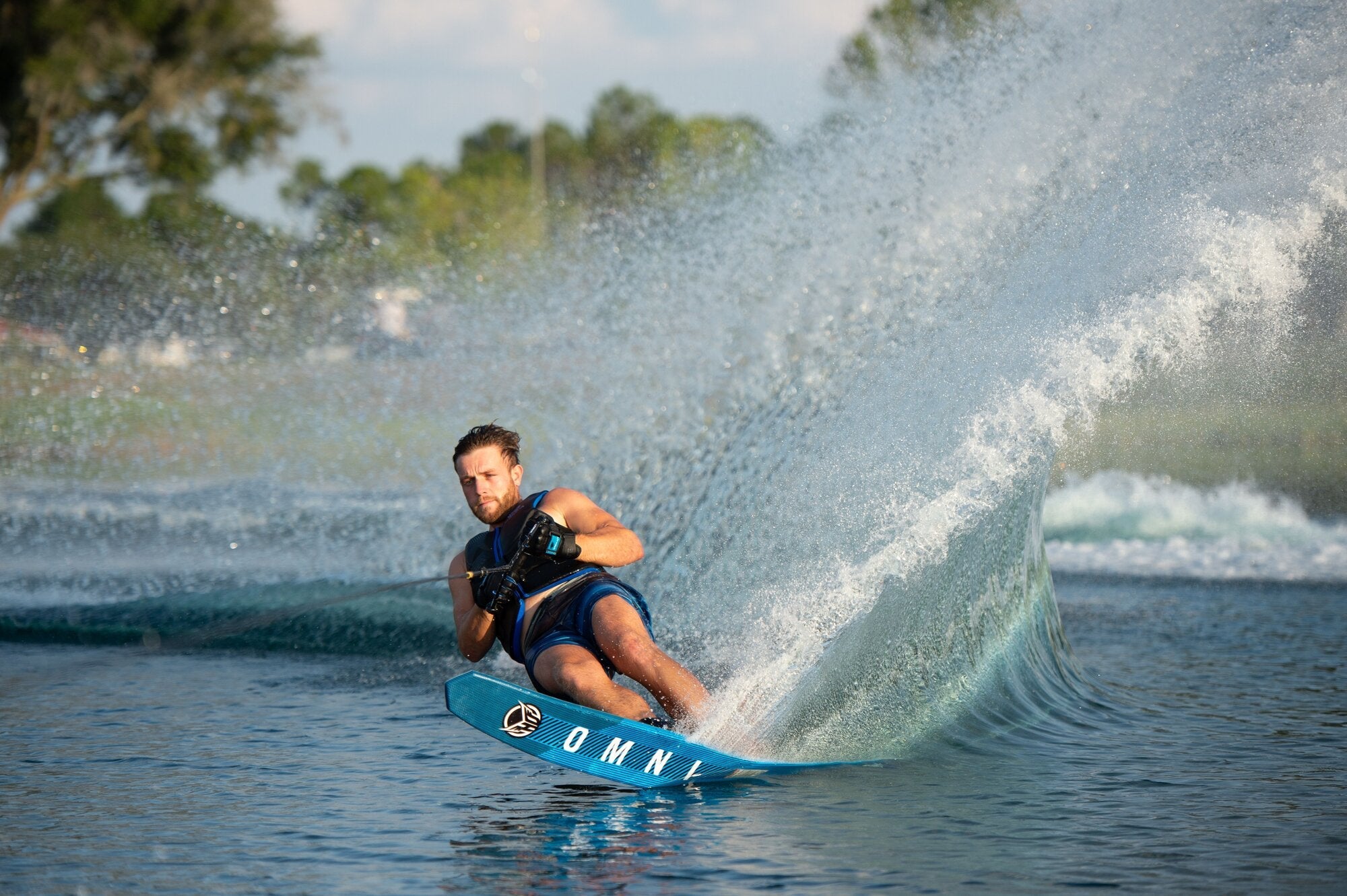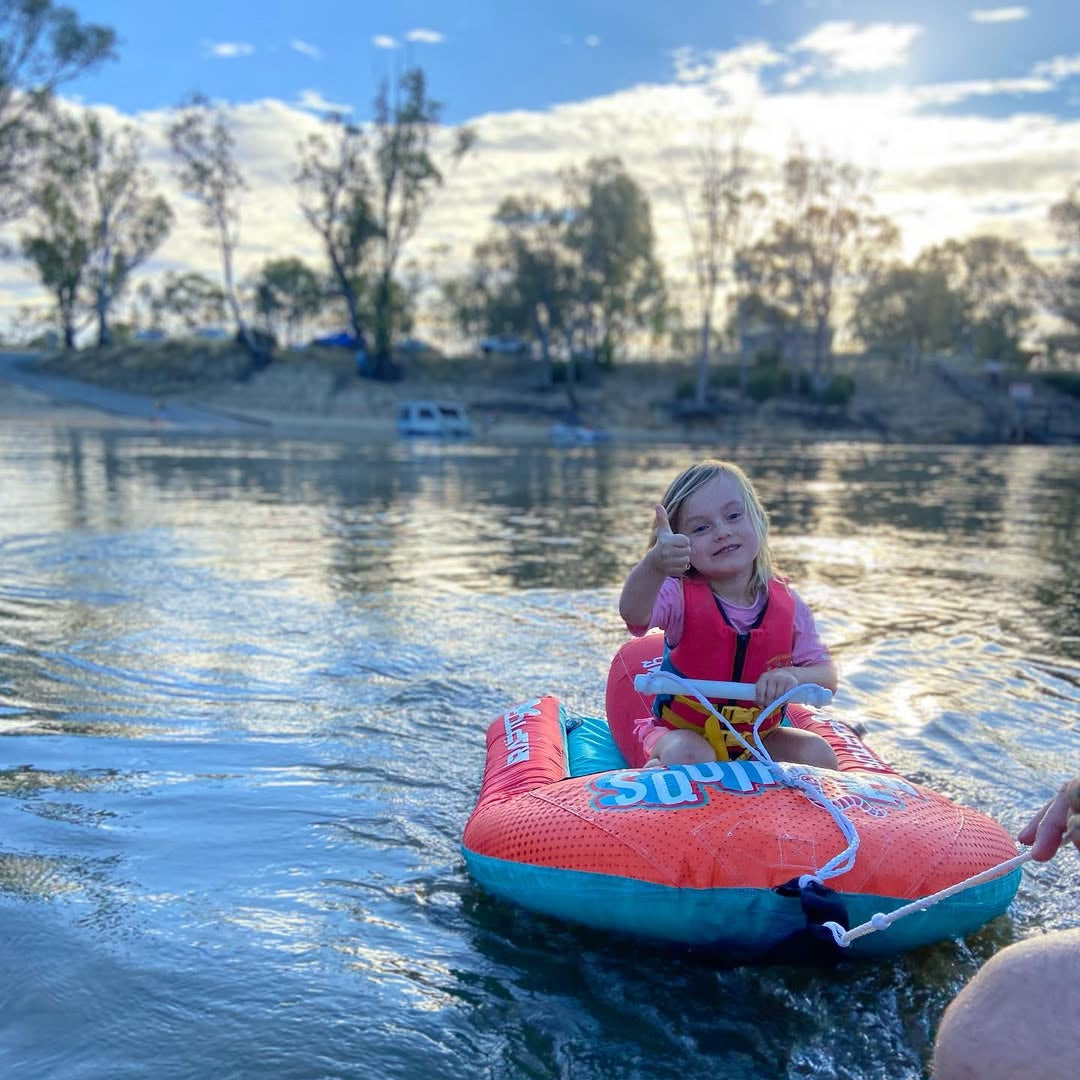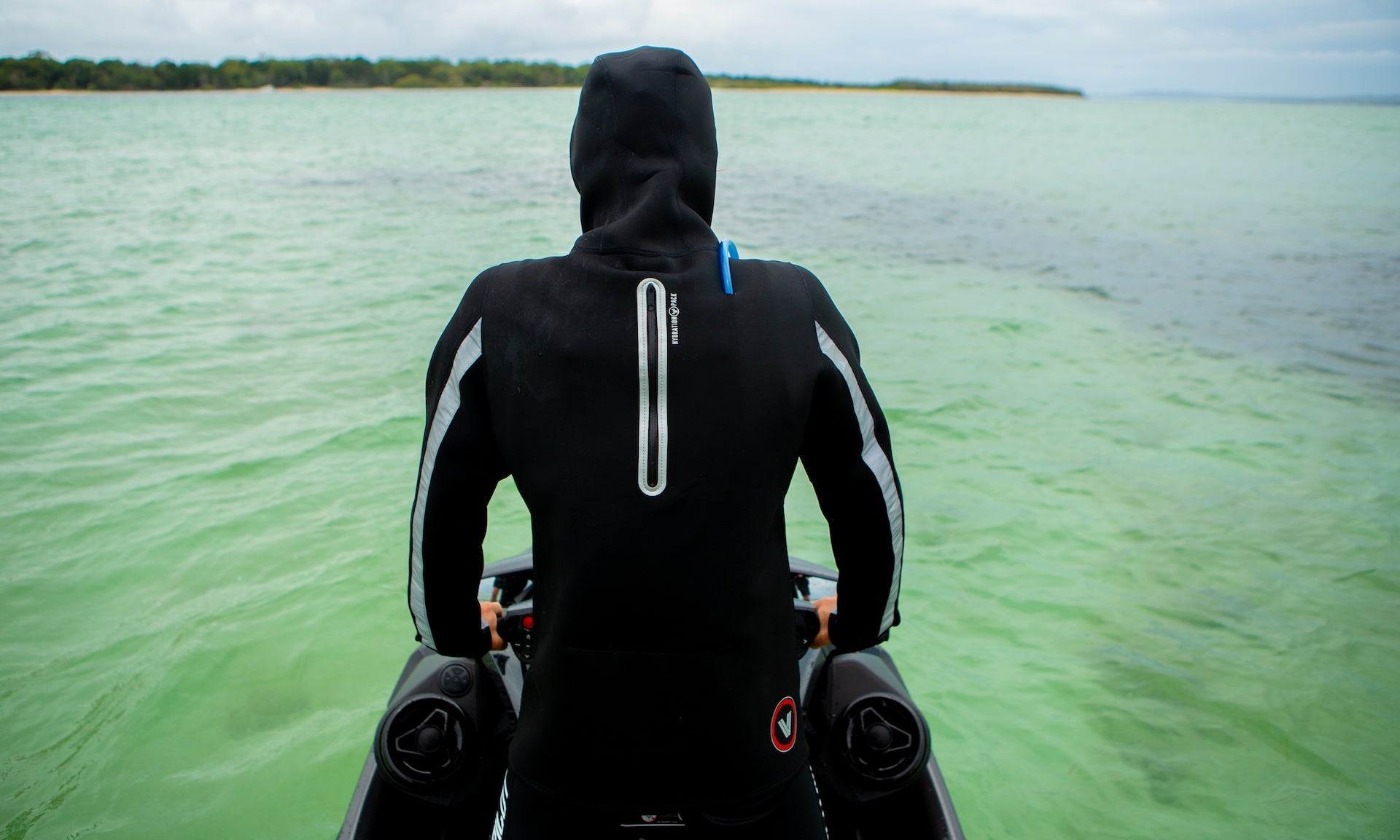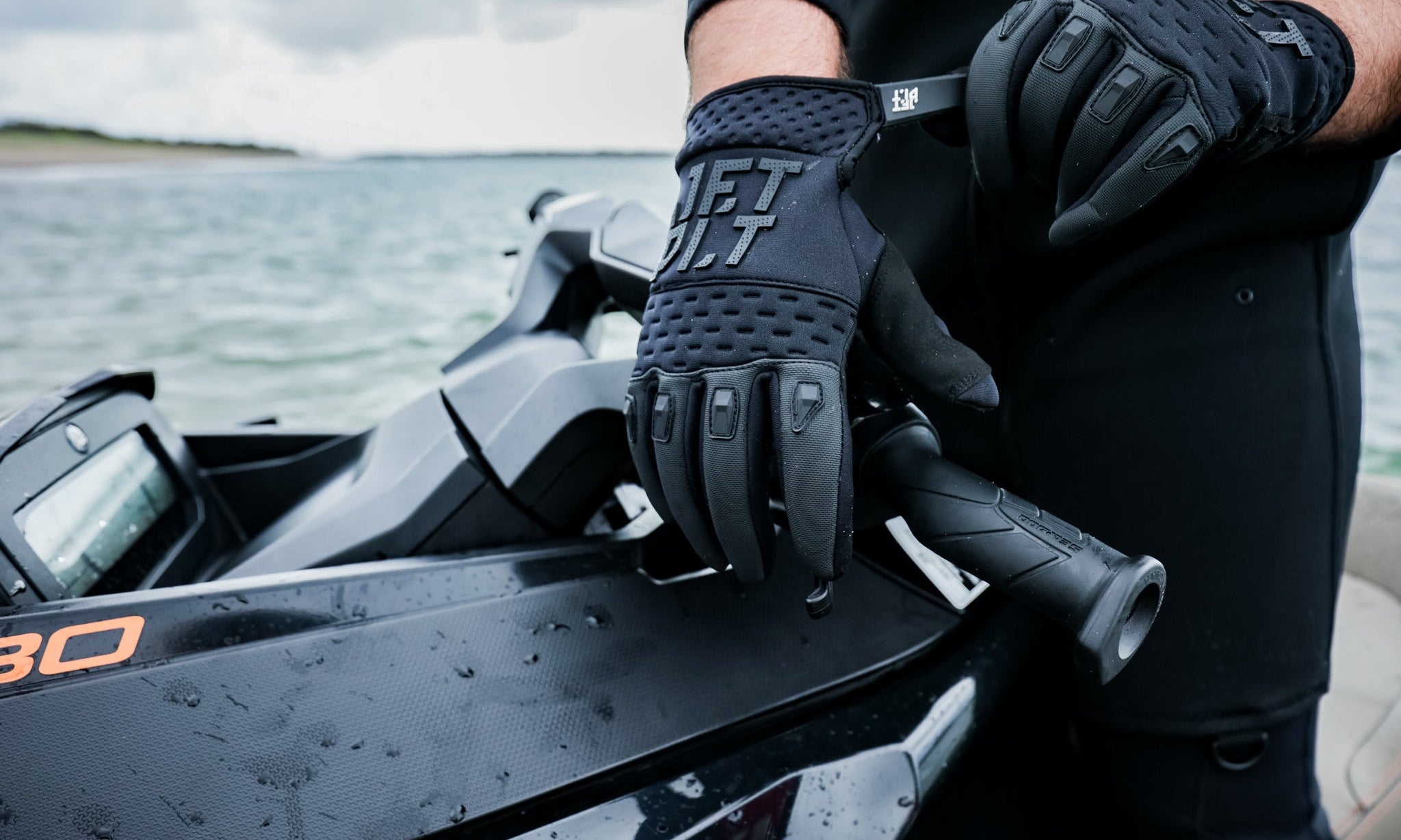Thinking about layering under your wetsuit? This guide explains why that can backfire — and what to do instead to stay warm, dry, and mobile on your jet ski.

It’s one of the most common cold-weather riding questions: should you wear something underneath your wetsuit?
If you’re heading out for a winter jet ski session, it might feel natural to throw on a tee or thermal base layer — especially if you’re used to layering up in other sports. But when it comes to wetsuits and water, that logic doesn’t always hold up.
What happens when you wear something under a wetsuit?
Wetsuits are designed to trap a thin layer of water between your skin and the neoprene. Your body heats that water, and that’s what keeps you warm. Adding layers underneath can interfere with that process, reduce flexibility, and create cold water flushes if the fit is compromised.
Cotton is particularly bad — it holds water, chills quickly, and won’t dry until you’re off the water.
Why layering over the top makes more sense for PWC
Unlike surfers or divers, PWC riders are exposed to continuous wind and spray at speed. That means you lose more heat through wind chill than water exposure — especially on longer or faster rides.
Instead of layering underneath, most jet ski riders benefit more from wearing a wind-resistant outer layer like a tour coat over their wetsuit. It’s easier to adjust, blocks the wind, and keeps you warmer between rides or while launching.
It also won’t affect the wetsuit’s ability to do its job — and if you do get wet, it dries far quicker than a cotton hoodie or jacket.
Common misconceptions about wetsuit layering
There’s a lot of confusion around how wetsuits work — and what to wear underneath them. Some riders think thicker equals warmer, or that adding extra layers underneath is always a good idea. Others assume wetsuits are meant to keep you completely dry.
In reality, wetsuits are designed to let a small amount of water in, then trap and warm it using your body heat. Wearing gym tights, cotton shirts, or compression tops underneath can disrupt this process, reduce flexibility, and make you colder once they get wet.
If you’re new to cold weather riding, it’s easy to over-layer. But more insulation isn’t always better — smarter layering is what counts.
Best alternatives to under-layering
If you’re still feeling the chill, there are better ways to stay warm than adding base layers under your suit. Start by upgrading to a thicker or newer steamer — older suits can lose insulation as the neoprene breaks down. Add a wind-blocking outer layer like a tour coat, which keeps the cold air off your core and dries fast if it gets wet.
Don’t forget your extremities — thermal gloves, booties, and even a neoprene hood can make a huge difference on longer rides. And if you’re really struggling, shorten your sessions or take a quick break to warm up between rides.
Are there any exceptions?
In really cold conditions, or if you’re wearing an older steamer with some wear and tear, a thin thermal rash vest or fleece-lined base layer can add a bit of extra insulation without affecting the wetsuit’s fit too much.
Just make sure whatever you wear is snug, synthetic, and designed for use under wetsuits — and avoid anything bulky or loose-fitting.
Our advice
In most cases, the best move is to let your wetsuit do its job and keep the layering external. If you’re still cold, look at adding a tour coat, gloves, or thermal accessories — not stuffing more underneath. You’ll ride warmer, stay drier, and keep your mobility where it matters.




